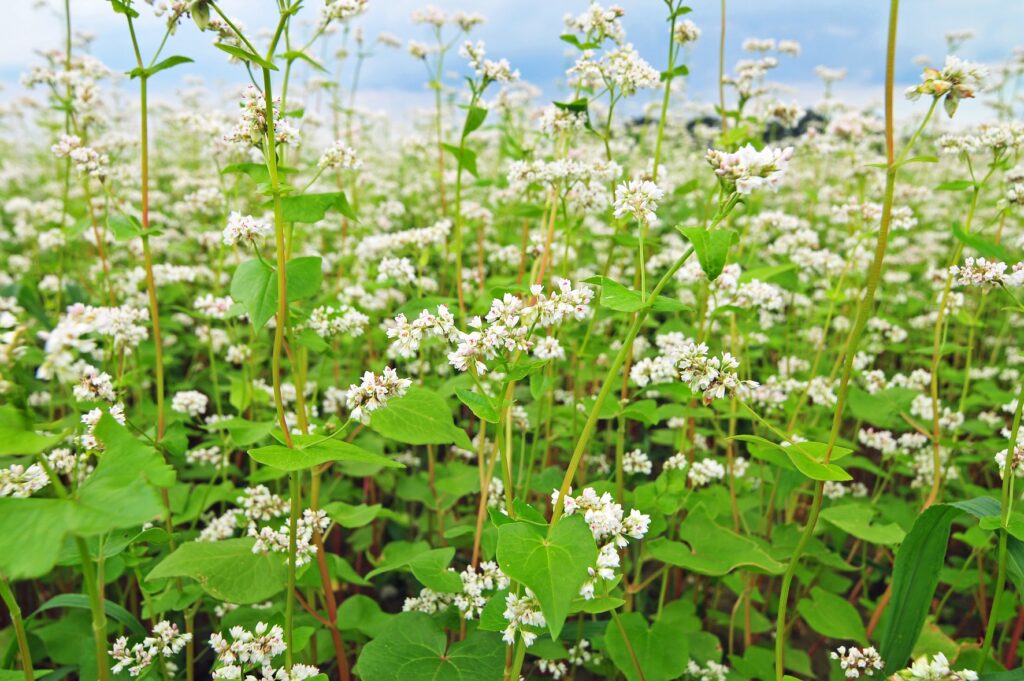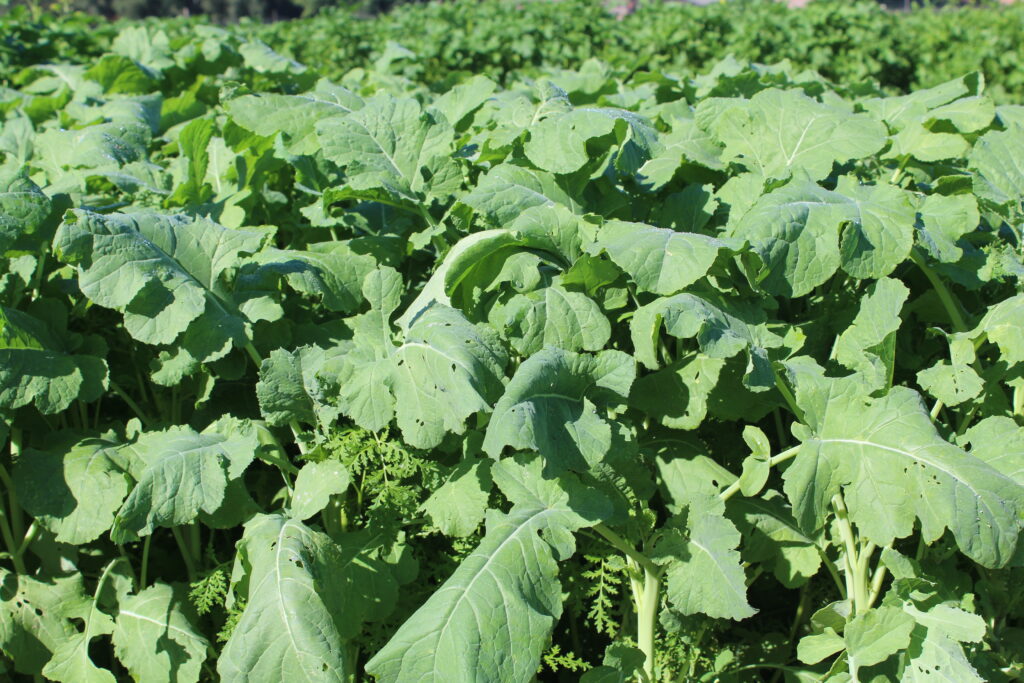When it comes to growing cash crops, most farmers will spend plenty of time choosing the right varieties with traits that suit a farm’s physical and management characteristics.
However, many growers are sold cover crops by species, with little or no additional information to demonstrate their suitability for different enterprises, soils or rotations.
As one of a handful of global cover crop and soil health plant breeders, RAGT believes this needs to adapt and change to help growers get the most from their investment and better meet the needs of agricultural policy, while optimising opportunities within environmental schemes.
RAGT has been deeply involved in the cover crop/soil health sector for many years. “There are not many other plant breeders in the world with such an extensive portfolio,” says David Ramdhian, RAGT UK’s head of forage and soil health crops.
“We are currently involved with lots of partners within and beyond the RAGT group, offering more than 47 species in the UK last year.
“But, while the concept is more accepted than a few years ago, there is still an element of muck and mystery about soil health plants.
“Our breeding programme is putting much-needed science into the sector, so we can target the right varieties at specific problems in the field to deliver the best results.”

RAGT has established partnerships with ADAS, Harper Adams University and the University of Wageningen in Holland to delve further into the science and has also embarked on a major European joint venture with Bayer looking at carbon capture.
The company also runs demonstration trials at Ickleton in Cambridgeshire. Taking part in Agri Web Media’s Covering Soils event was an obvious next step.
“We are delighted to be working alongside host farmer Clive Bailye, who is a real cover crop enthusiast,” says David. “The event was a great opportunity to provide new growers with technical information on various cover crop blends and straights from RAGT’s breeding programme.”
At the event Peter-Jan Jongenelen, RAGT’s international cover crop product manager, showed visitors some key products from RAGT’s breeding programme, which includes brassica cover crops, such as mustards, radishes and rocket lettuce, as well as phacelia, legumes and black oats.
“Some of our soil health varieties are used to improve soil structure and to produce a healthier community of soil microorganisms to help provide the ideal growing medium for cash crops,” Peter-Jan said.
“There is also an increasing focus to manage and suppress soil-borne crop diseases caused by nematodes and soil-borne fungi across a range of rotations. We are also looking to control pests like wireworm and leatherjackets.
“Whatever the aim, we are all the time choosing varieties to ensure we don’t introduce a potential new weed species or disease into the rotation.”
Many cover crops play additional roles in capturing residual nitrogen and other nutrients, eventually making them available to the following cash crop.
Several straight plant stands and a range of mixtures, all sown immediately after oilseed rape, were demonstrated at the event.

RGT N Fix Blend
This nutrient-capturing soil improver includes a late-flowering Ethiopian mustard to prevent seed set, potentially important where other brassicas feature in the rotation.
- Added berseem clover fixes and captures nitrogen and P and K
- Very deep rooting, good restructuring capabilities
- Frost susceptible so suits no-till systems.
RGT Fungi Redux (nematicide radish, berseem clover, phacelia)
Fungi Redux was created to reduce sclerotinia. In trials with Warwick Crop Centre, this mix has had a good reducing effect on sclerotinia in carrot rotations.
- Also very effective at capturing P and K.
RGT Factotum (phacelia), RGT Dracula (oilseed radish) and berseem clover
Contains phacelia, radish and berseem clover, featuring a range of rooting depths to condition and loosen soils as well as fixing nutrients.
- Frost susceptible, so facilitates destruction.
RGT NemaRedux
- Suppresses potato cyst nematodes and beet cyst nematodes as well as free-living nematodes that affect many cash crops, including wheat. Growing roots attract nematodes out of soil and block their life cycle.
- Clubroot-resistant oilseed radish plus rocket lettuce
- Eliminates need for biofumigation.
RGT Biofum Autumn
Ethiopian mustard, oilseed radish and forage rape mix, drilled in September and incorporated ahead of the cash crop in March for biofumigation.
- All inclusions are winter hardy
- Apply small amount of fertiliser if permitted to boost glucosinolate levels.
Amelia and RGT Brons
A very late-flowering brown mustard for longevity to optimise fumigation potential, plus vetch to provide nitrogen to aid establishment and early growth.
RGT Cebelica
Later flowering, high-biomass buckwheat which is under test for repellent effects against leatherjackets and wireworm.



